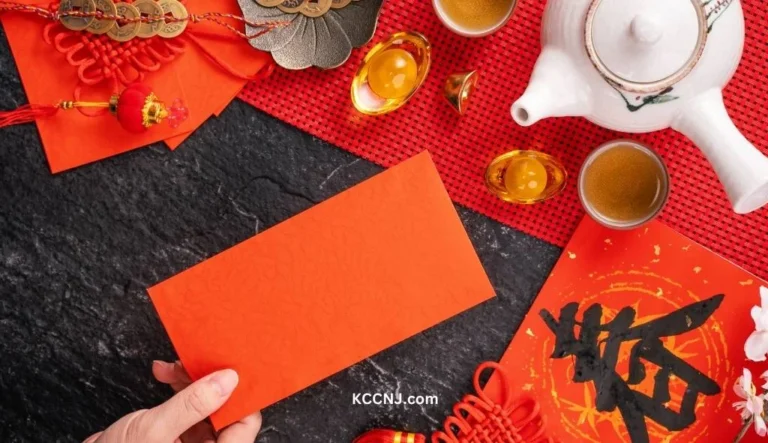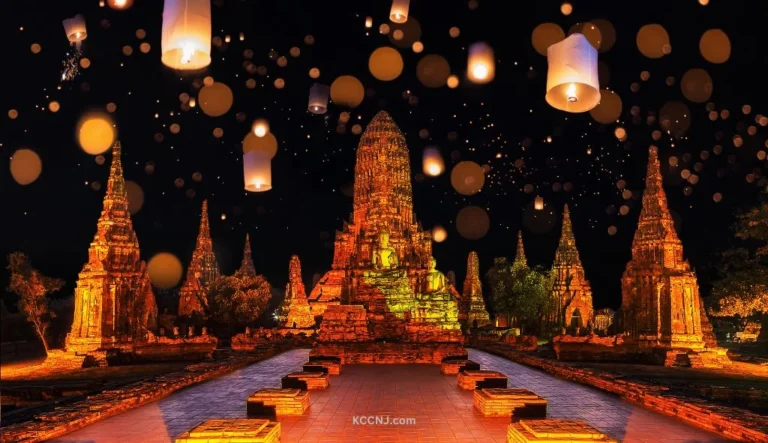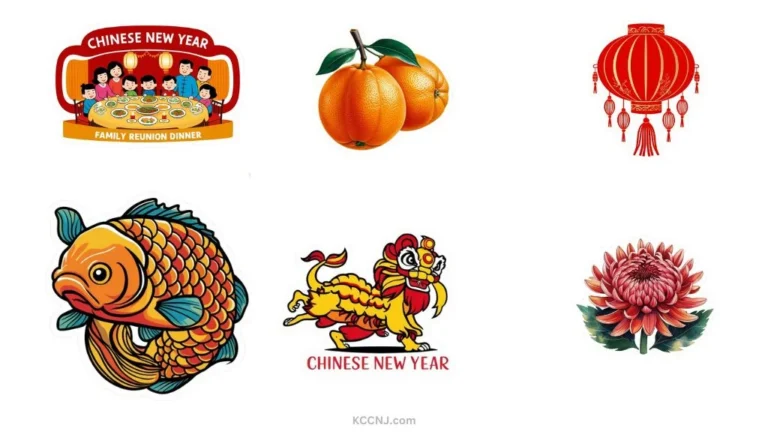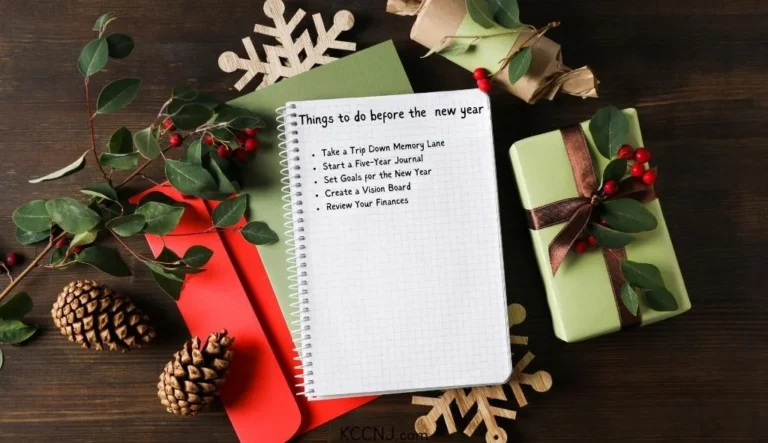Chinese New Year 12s: Zodiac Animals in Lunar Tradition
The Chinese New Year 12s refer to the 12 zodiac animals in the Chinese calendar. Each year is associated with one of these animals, rotating in a 12-year cycle. This tradition is central to Chinese New Year celebrations and cultural beliefs.
The Chinese Zodiac and Its Significance
The Chinese zodiac, also known as Shengxiao, is a 12-year cycle of animal signs. Each year is represented by a different animal: Rat, Ox, Tiger, Rabbit, Dragon, Snake, Horse, Goat, Monkey, Rooster, Dog, and Pig. These animals play a crucial role in Chinese culture and are believed to influence people’s personalities and fortunes.
Origins of the Chinese Zodiac
The origins of the Chinese zodiac date back thousands of years. According to legend, the Jade Emperor held a race to determine the order of the zodiac animals. The first twelve animals to cross the finish line were chosen to represent the years in the zodiac cycle. This story explains why the Rat is the first animal in the zodiac, as it cleverly rode on the Ox’s back and jumped off at the last moment to win the race.
Characteristics of Each Zodiac Animal
Each zodiac animal is associated with specific traits and characteristics:
- Rat: Quick-witted, resourceful, and adaptable
- Ox: Diligent, dependable, and strong
- Tiger: Brave, confident, and charismatic
- Rabbit: Gentle, elegant, and kind
- Dragon: Powerful, lucky, and ambitious
- Snake: Wise, enigmatic, and intuitive
- Horse: Energetic, independent, and adventurous
- Goat: Creative, gentle, and compassionate
- Monkey: Clever, mischievous, and versatile
- Rooster: Confident, honest, and hardworking
- Dog: Loyal, sincere, and protective
- Pig: Generous, easy-going, and optimistic
People born in a specific year are said to inherit the qualities of that year’s zodiac animal. This belief influences various aspects of Chinese culture, from personal relationships to business decisions.
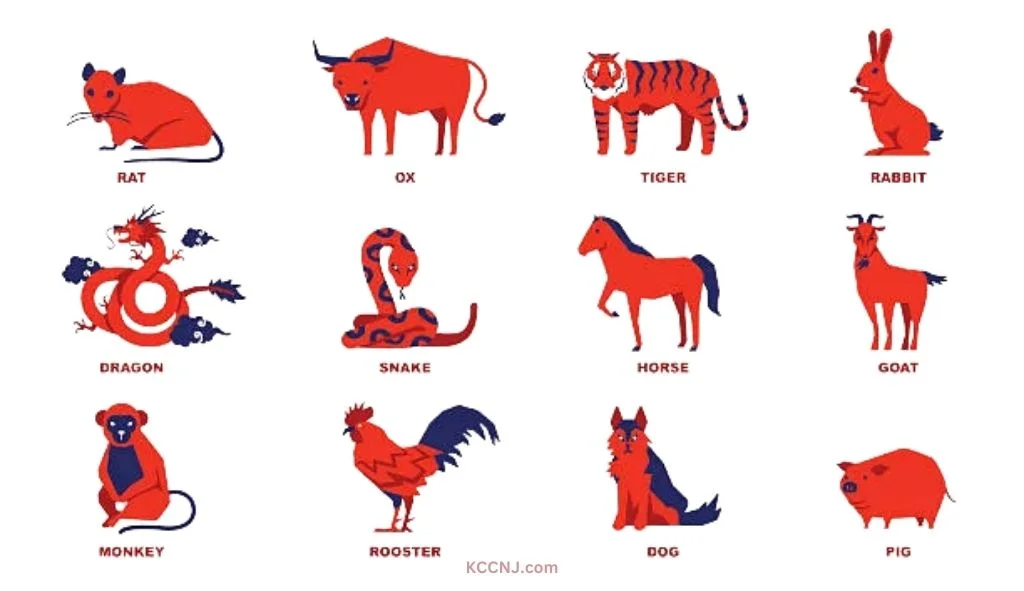
Chinese New Year Traditions and Celebrations
Chinese New Year, also known as the Spring Festival, is the most important traditional holiday in Chinese culture. The festivities typically last for 15 days, with each day having its own significance and customs.
Preparation for the New Year
Before the New Year begins, people engage in thorough cleaning of their homes. This practice is called “sweeping away the bad luck” and is believed to make room for good fortune in the coming year. Families also decorate their homes with red lanterns, paper cuttings, and couplets with auspicious messages.
New Year’s Eve and Day
On New Year’s Eve, families gather for a reunion dinner, which is considered the most important meal of the year. Traditional foods are served, each with symbolic meaning. For example, dumplings represent wealth, while fish symbolizes abundance.
At midnight, fireworks and firecrackers are set off to ward off evil spirits and welcome the new year. Many people stay up late to welcome the new year, a custom known as “shou sui.”
Customs and Rituals
Throughout the 15-day celebration, various customs are observed:
- Giving red envelopes (hongbao) filled with money to children and unmarried adults
- Visiting relatives and friends to exchange New Year greetings
- Attending temple fairs and praying for good fortune
- Watching lion and dragon dances in public spaces
- Setting off fireworks and firecrackers
- Eating special New Year foods like tangyuan (sweet rice balls) and nian gao (rice cake)
The Role of Zodiac Animals in Chinese New Year Celebrations
During Chinese New Year, the zodiac animal of the incoming year takes center stage in decorations, greetings, and celebrations.
Decorations and Symbols
People often decorate their homes and public spaces with images and symbols of the year’s zodiac animal. For example, in the Year of the Tiger, tiger-themed decorations would be prevalent. These can include paper cuttings, paintings, and figurines.
Greetings and Well-wishes
New Year greetings often incorporate references to the zodiac animal. People might wish each other good fortune based on the animal’s characteristics. For instance, in the Year of the Dragon, one might hear wishes for power and success, as dragons are associated with these qualities.
Zodiac Compatibility
The Chinese zodiac is also used to determine compatibility between people. Some believe that certain zodiac signs are more compatible than others, influencing relationships and even business partnerships. During the New Year, people might consult zodiac compatibility charts to gain insights into their prospects for the coming year.
The Chinese Lunar Calendar and Its Relation to the Zodiac
The Chinese zodiac is closely tied to the Chinese lunar calendar, which differs from the Gregorian calendar used in most parts of the world.
Structure of the Chinese Lunar Calendar
The Chinese lunar calendar is based on the cycles of the moon and typically has 12 months of 29 or 30 days. To keep the calendar in line with the solar year, an extra month is added every few years, making it a lunisolar calendar.
Determining the New Year
Chinese New Year falls on the second new moon after the winter solstice, which means it can occur anywhere between January 21 and February 20 on the Gregorian calendar. This variability adds to the anticipation and excitement surrounding the holiday.
The 60-Year Cycle
In addition to the 12-year animal cycle, the Chinese calendar also incorporates a 10-year cycle of heavenly stems. When combined, these create a 60-year cycle, with each year having a unique combination of an animal and an element (Wood, Fire, Earth, Metal, or Water).
Modern Interpretations and Global Influence
While deeply rooted in Chinese culture, the zodiac and Chinese New Year celebrations have gained global recognition and influence.
Global Celebrations
Many cities around the world now host Chinese New Year celebrations, featuring parades, fireworks, and cultural performances. These events not only cater to Chinese communities abroad but also attract locals interested in experiencing Chinese culture.
Zodiac in Popular Culture
The Chinese zodiac has found its way into various aspects of popular culture, from fashion and design to literature and film. Many global brands create special zodiac-themed products to coincide with Chinese New Year.
Cultural Exchange
The widespread celebration of Chinese New Year and interest in the zodiac has facilitated cultural exchange and understanding. It has become a way for people of different backgrounds to learn about and appreciate Chinese traditions and beliefs.
FAQs
- What is the order of the 12 Chinese zodiac animals?
The order is Rat, Ox, Tiger, Rabbit, Dragon, Snake, Horse, Goat, Monkey, Rooster, Dog, and Pig. - How is my Chinese zodiac sign determined?
Your Chinese zodiac sign is determined by the year of your birth according to the Chinese lunar calendar. - Do the zodiac animals change every year?
Yes, the zodiac animal changes each Chinese New Year, following the 12-year cycle. - What is the significance of the red envelopes given during Chinese New Year?
Red envelopes, or “hongbao,” contain money and are given as a symbol of good luck and prosperity for the new year. - How long do Chinese New Year celebrations typically last?
Chinese New Year celebrations traditionally last for 15 days, ending with the Lantern Festival. - Can the Chinese zodiac predict my future?
While some believe the zodiac can offer insights into personality and fortune, it should be viewed as a cultural tradition rather than a scientific predictor of the future. - Why do Chinese New Year dates change every year?
Chinese New Year dates vary because they are based on the lunar calendar, which doesn’t align exactly with the Gregorian calendar. - What is the significance of fireworks during Chinese New Year?
Fireworks and firecrackers are believed to ward off evil spirits and bring good luck for the new year. - How do I find out my Chinese zodiac sign?
You can find your Chinese zodiac sign by looking up your birth year in a Chinese zodiac chart or calculator. - Are there any taboos or things to avoid during Chinese New Year?
Yes, some taboos include cleaning on New Year’s Day (as it might sweep away good luck), using sharp objects, and wearing black or white clothing.


